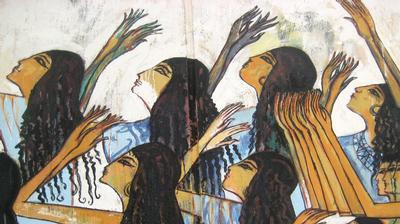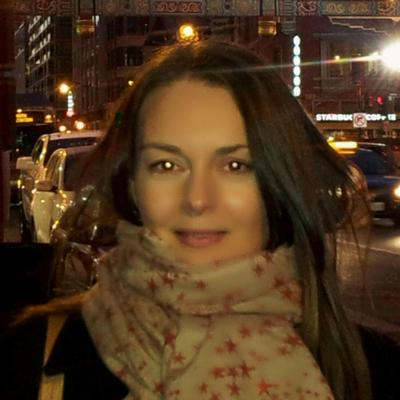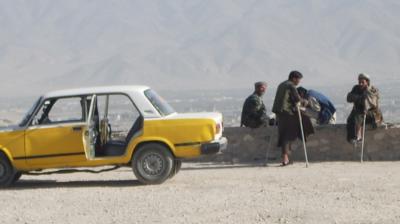Iran
Iran is characterized by a deep split between conservatives and reformers. Whoever is in the lead does not only affect domestic, but also international politics. We research the dividing lines in Iranian society and how they play out.
Completed projects

Women's Human Rights and Law Reform in the Muslim World

Alternatives to forced return (Roundtable conferance on Afghanistan)
Outsiders and insiders
Iran became an Islamic republic in 1979, when the Shah was overthrown and clerics assumed political control. Despite deep-seated control by the clergy, Iranian politics have been dynamic, and elections have from time to time yielded surprising results.
The dividing lines in Iranian politics are not only along the lines of reformist and conservatives. More predominantly, Iranian politics are characterized by a clear distinction between insiders and outsiders. For those who are part of the establishment and accept the political game, there are ample opportunities for enrichment and advancement. The ones who stand on the outside struggle to make their way to the top.
Clear dividing lines have also characterized Iran’s foreign policy since 1979. The Islamic republic’s foreign policy is based on revolutionary, Islamist and nationalist principles, and its rhetoric has been one of enemies and friends of the republic. Yet, things are changing. Iranian foreign policies have taken a turn towards more negotiations and openness for the past few years. CMI research on Iran focuses on the lines that divide and unite the actors in Iranian domestic politics, and the country's role as a prominent player in regional and international relations.


